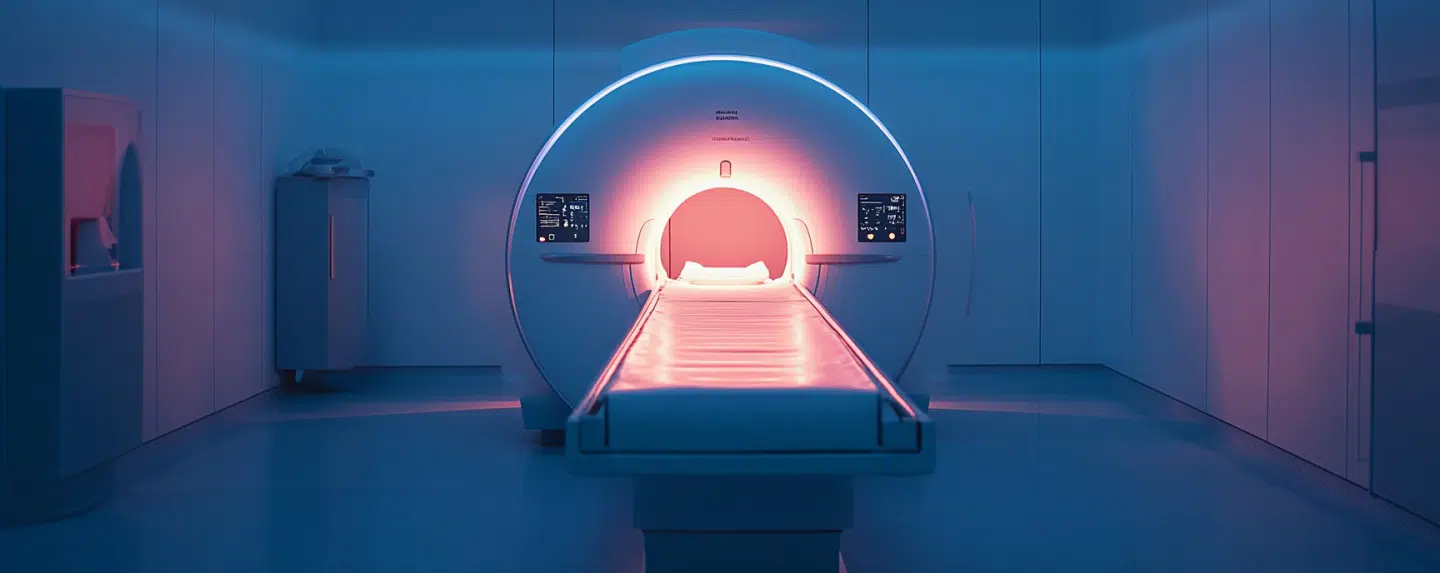
Neck Pain After a Concussion: Tips for Relief and Recovery
Neck pain after a concussion is a common but concerning symptom that many people experience. If you’re dealing with this pain, understanding why it happens and how to treat it is crucial. In this article, we’ll explore the causes of neck pain after concussion, its symptoms, and effective strategies for relief and recovery.
Key Takeaways
- Persistent neck pain after a concussion can arise from various factors, including physical injury, nervous system dysfunction, and vestibular issues, requiring a holistic treatment approach.
- Early recognition and assessment of neck pain symptoms are crucial for effective recovery, involving comprehensive evaluations and diagnostic imaging to determine the underlying causes.
- Proactive measures such as regular exercise, proper posture, and the use of protective gear can help prevent neck pain and minimize the risk of future concussions.

Understanding Neck Pain After Concussion: Tips for Relief and Recovery
Persistent neck pain following a concussion can be a complex issue that requires a multifaceted approach to treatment. Addressing neck pain effectively often involves considering the interrelated symptoms that accompany a concussion. This holistic view is crucial because neck pain can result from a variety of factors, including physical injury, nervous system dysfunction, and vestibular issues.
Neck pain can manifest immediately after the concussion or develop weeks to months later, presenting as stiffness, tension, or sharp pain. While some symptoms may resolve within two weeks, others may persist and indicate a need for professional intervention. Understanding the underlying causes and implementing appropriate treatment strategies can significantly improve outcomes for those experiencing post-concussion neck pain.
Introduction
Education on concussion awareness and management is essential for everyone involved in sports, from athletes to coaches and parents. Concussions are not just simple bumps to the head; they represent a complex pathophysiologic process induced by biomechanical forces acting on the brain. This complexity underscores the importance of understanding and managing the various symptoms that can arise, including neck pain.
Effective recovery from a concussion involves recognizing and addressing all related symptoms. Concussion-related neck pain is a common but often overlooked consequence of concussions. Raising awareness and understanding of the link between neck pain and concussions can better support those affected and lead to more effective recovery strategies.
The Connection Between Concussions and Neck Pain
Neck pain can occur immediately after a concussion or develop weeks to months later, often signaling underlying issues that need addressing.
The symptoms may include stiffness, tension, and sharp pain, which can appear alongside other concussion symptoms, such as headaches or dizziness. About 30% of individuals with concussions may experience lingering neck pain and post-concussion symptoms without proper treatment.
Holistic treatment approaches are essential as they address the interplay between neck pain and other symptoms resulting from a concussion. Diagnostic imaging, like MRI, is often required to confirm the diagnosis of neck pain and assess soft tissue injuries.
Persistent neck pain following a concussion is often complex, necessitating thorough evaluations to identify contributing factors.
Recognizing the link between concussions and neck pain is essential for effective treatment and recovery. Identifying symptoms and seeking medical attention can help manage the condition and lower the risk of long-term complications.
Identifying Neck Pain Symptoms Post-Concussion
Neck pain after a concussion can present in various ways, such as stiffness, sharp pain, or discomfort during certain movements. Patients may experience deep or superficial pain in the neck area, which can be a significant indicator of underlying issues. Difficulty in neck movement is another common symptom experienced after a concussion, often accompanied by tension and inflammation in the neck.
Early recognition of these symptoms is key for effective treatment. Seek medical advice promptly if you or someone you know experiences neck pain symptoms after a concussion.
Common Causes of Neck Pain After Concussion
Common causes of neck pain after concussions include physical neck injuries, autonomic nervous system dysfunction, and vestibular problems. Understanding these causes can help in devising effective treatment strategies and managing the symptoms more efficiently.
Physical Injury to Neck Muscles
Neck pain after a concussion commonly arises from physical injuries, including direct trauma or whiplash injury. Such injuries can involve trauma to the soft tissues or bones in the neck, leading to significant pain and discomfort. These injuries often result from the force of the impact during a concussion, causing considerable damage to neck ligaments and muscles.
Physical therapy and specialized treatments are vital for addressing these injuries. Collaborating with medical professionals can help develop a targeted treatment plan to alleviate pain and restore neck function.
Nervous System Dysfunction
Head trauma can influence the thalamus, increasing pressure and potentially leading to dysfunction in pain processing. Neurovascular coupling, which connects neurons with blood supply, ensures proper brain function post-injury and can be disrupted after a concussion. The neck acts as a central hub for the autonomic nervous system, connecting the brain to various organs, which may be affected after a concussion.
Nerves carrying sensory signals from the neck to the brain can be compromised after head trauma, leading to phantom or amplified pain. Pre-existing conditions like scoliosis may also be exacerbated by head injury, complicating neck pain further.
Dysfunction in the somatosensory system of the cervical spine can lead to persistent impairments in motion and sensation. Prolonged compensatory behaviors following neck strain can alter the spine’s structure, resulting in a straight neck instead of its natural curve.
Vestibular System Issues
Vision problems after a concussion can increase the workload on neck muscles as they compensate for visual deficits. Cervical muscles engage with eye movement even without head movement, adding stress to the neck. Vestibular system dysfunction impacts orientation and balance, affecting neck health and potentially leading to persistent pain.
The Vestibular/Ocular Motor Screening (VOMS) tool evaluates vestibular and ocular motor impairments in post-injury patients, offering a comprehensive assessment. Addressing vestibular issues can significantly alleviate neck pain.
Contact us today and we will help you get the compensation that you deserve.
Diagnosing Neck Pain After a Concussion
Persistent neck pain following a concussion is often complex, requiring a thorough evaluation to identify contributing factors. Diagnostic imaging like MRI is often essential to identify soft tissue injuries and confirm the diagnosis of neck pain.
Accurate diagnosis is essential for creating an effective treatment plan and ensuring optimal recovery.
Clinical Evaluations
A comprehensive evaluation for neck pain after a concussion includes assessments of symptoms and functional performance. Differentiating concussion symptoms from cervical injury symptoms during evaluations is vital. Patients often perform tasks requiring neck movement or stretching during these assessments.
Evaluating chronic neck pain post-concussion often involves physical therapy and imaging tests. Clinical tests like JPET and cervical flexion-rotation help differentiate between concussion symptoms and cervical injury. The JPET test has an 82% sensitivity and 92% specificity for identifying cervical injury.
During initial appointments, patients usually complete a neck symptom inventory. Neck pain, nausea, dizziness, vertigo, headaches, and balance problems may suggest cervical instability. Patients with cervical spine symptoms without radiographic abnormalities might need to evaluate neck symptoms and potential rehabilitation.
Imaging Techniques
Imaging tests like MRI can identify structural issues in the neck related to concussion. Techniques such as X-ray, CT scan, and MRI are used to diagnose neck injuries and uncover underlying physical problems causing neck pain.
X-rays are often the first step in imaging to assess bone structures following a concussion. CT scans are also utilized for diagnosing neck injuries, although they may not provide as much detail as MRIs. MRIs are essential for evaluating soft tissue damage in the neck, such as herniated discs or ligament injuries.

Effective Treatment Strategies for Post-Concussion Neck Pain
Identifying neck pain as part of a mild traumatic brain injury is crucial for timely treatment and recovery. A holistic approach to treatment and expert evaluation is needed for effective treatment of post-concussion syndrome.
The following sections will discuss various treatment strategies, including physical therapy, vestibular rehabilitation, and chiropractic care.
Physical Therapy
Manual therapy, often combined with rehabilitative exercises, is vital for treating neck dysfunction associated with concussions. Physical therapists often incorporate graded exercise programs to enhance blood flow and expedite recovery after a concussion. Physical therapy plays a crucial role in alleviating neck pain after a concussion through various treatment methods.
Targeted exercise therapy and oral anti-inflammatory medication are recommended for conservative treatment of neck symptoms. These treatments help reduce pain and inflammation, promoting faster recovery.
Vestibular Rehabilitation
Vestibular rehabilitation can effectively alleviate dizziness and balance issues stemming from neck and concussion-related problems. Integrating vision therapy with vestibular rehabilitation can address overlapping symptoms related to concussion recovery. This therapeutic approach helps manage balance and vision-related neck pain, especially following concussions.
Addressing vestibular and ocular motor impairments can significantly improve symptoms, facilitating better overall recovery.
Chiropractic Care
Inform the chiropractor about the brain injury before treatment. Identifying the specific injury is vital if a physical neck injury is suspected. Chiropractors believe minor misalignments can cause pressure in the upper cervical spine, resulting in pain.
Spinal adjustments from a reputable chiropractor can potentially treat spinal alignment issues related to neck pain, helping to alleviate pain and improve neck function.
Home Remedies and Self-Care Tips
Managing neck pain at home can be an effective complement to professional treatments. Applying ice for 20 minutes several times daily can help reduce inflammation in the neck. Over-the-counter pain relievers like ibuprofen can alleviate pain and inflammation without needing a prescription.
Gentle stretching can relieve neck stiffness and should be performed slowly to avoid further injury. It’s also important to note that symptoms of neck pain and other issues may spontaneously resolve within two weeks after an injury.
These simple self-care strategies can provide significant relief and support the overall recovery process.
Preventing Neck Pain from Future Concussions
Preventing neck pain from future concussions involves several proactive measures. Regular exercise can strengthen neck muscles, reducing the likelihood of injury. Strengthening these muscles can also help mitigate the risk of concussions by improving head impact absorption.
Using ergonomic furniture and maintaining proper posture can prevent strain on the neck during daily activities. Limiting the duration of smartphone use can help minimize neck strain associated with looking down.
Additionally, using well-fitted protective gear, such as helmets and mouthguards, can minimize the severity of injuries during impacts.
Correct tackling techniques taught from a young age can help prevent head injuries during sports.
When to Seek Professional Help
Neck pain that develops after an injury may persist for weeks to months, signaling the need for professional evaluation.
If neck pain worsens over time or is accompanied by weakness in the limbs, it may indicate a serious injury requiring immediate medical attention.
Patients with neck pain after a concussion should consider seeking help if they experience sharp pain during specific movements.
If neck pain persists beyond two weeks post-injury, it may be indicative of post-concussion syndrome, necessitating expert care.
Early intervention in the case of neck pain is vital to support recovery and prevent long-term complications.
Frequently Asked Questions
What are the common symptoms of neck pain after a concussion?
Common symptoms of neck pain after a concussion include stiffness, sharp pain, difficulty with neck movement, and varying intensities of pain in the neck area. It is essential to monitor these symptoms closely.
How can physical therapy help with neck pain after a concussion?
Physical therapy effectively alleviates neck pain after a concussion by employing manual therapy, tailored rehabilitative exercises, and graded exercise programs that promote blood flow and expedite recovery. Engaging in these therapeutic strategies can significantly improve your overall neck function and comfort.
When should I seek professional help for neck pain after a concussion?
You should seek professional help for neck pain after a concussion if the pain persists beyond two weeks, worsens, or is accompanied by weakness in your limbs or sharp pain during certain movements. Prompt evaluation is essential to prevent further complications.
What home remedies can help manage neck pain after a concussion?
Applying ice, taking over-the-counter pain relievers like ibuprofen, and performing gentle stretching exercises are effective home remedies for managing neck pain after a concussion. These methods can provide relief and promote recovery.
How can I prevent neck pain from future concussions?
To prevent neck pain from future concussions, it is essential to strengthen neck muscles through regular exercise, maintain proper posture, and utilize ergonomic furniture. Additionally, limiting smartphone use and wearing well-fitted protective gear can further reduce the risk.
Last updated Thursday, August 29th, 2024







